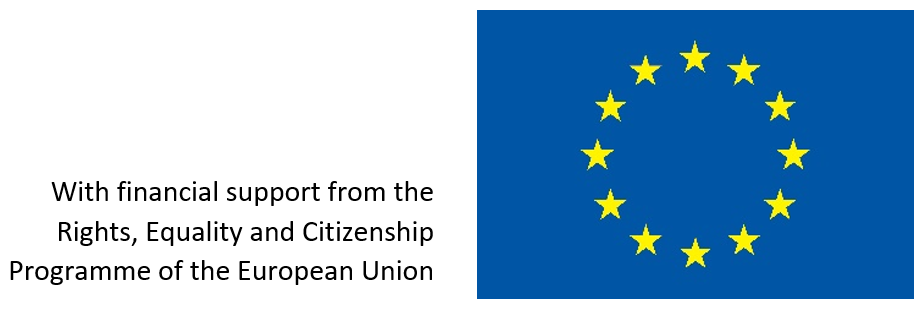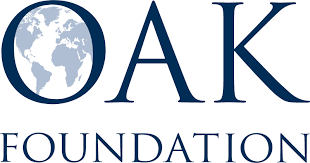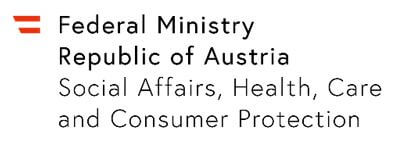Disclaimer: The views and opinions expressed in this article are those of the author(s) and do not necessarily reflect the official policy or opinion / position of Women Against Violence Europe (WAVE).
A tremendous danger not often talked about in Europe’s current humanitarian crisis is the high risk of human trafficking and, in particular, the trafficking of women and girls from Ukraine for sexual exploitation.
In mid-March, a man was arrested in Poland in a case of rape of a refugee woman fleeing Ukraine. This is just one case. Many others are being discovered, while a lot more will never be known. If you scroll down certain rental websites, you might also find suspicious ads of men offering rooms to young or unmarried women and girls.[1]
In addition to the fact that sexualised violence against women is often used as weapon of war, war has always been a fertile ground for organised criminal networks that use the desperation and vulnerability of women and girls to traffic and sexually exploit them but not only.
Sexualised violence against women become weapons of war when invaders rape local women in order to damage the “honour” of the local men who are, “of course”, considered to be women’s owners.
This is a dramatic problem known for years and years, decades if not hundreds of years. The war in Yugoslavia was a fairly recent event that got the whole international community talking about this serious phenomenon, except that, as is often the case, there is much talk but less action. But neither peace has ever been a safer place for women and girls around the world.
Human trafficking is to be fought and prevented in peacetime, and not in wartime when it is already too late.
Eastern European countries, including Ukraine, as well as African countries (e.g. Nigeria – a significant proportion of trafficked women who are sexually exploited in Italy come from Nigeria) are among the top countries of origin of women, girls and children who are trafficked into Europe by criminal networks that are very well set up and better organised than the police sometimes. The police sometimes even cooperates with these criminal networks.
Ukraine is on this shameful list, along with Moldova, Romania, etc, which means that these criminal networks already existed and did not need to mobilise last minute to get “out in the field”. EU countries, as countries of destination, are not less responsible for this.
You may wonder why not much is being done to mitigate and combat this phenomenon? Unfortunately, the answer is as simple as this: because it’s about women and women’s bodies. And if you ask me, when should we do something to protect women and girls coming from Ukraine, I will honestly tell you: yesterday, because today is already too late.
written by Alina Cebotari, WAVE Youth Ambassador from the Republic of Moldova (2020-2022)
[1] https://theconversation.com/ukrainian-female-refugees-are-fleeing-a-war-but-in-some-cases-more-violence-awaits-them-where-they-find-shelter-179754
Support women and women’s human rights defenders in the Ukraine and in neighbouring countries here.
WAVE Statement’s on the current war in Ukraine is available here.
Photo by Luke Jones on Unsplash






